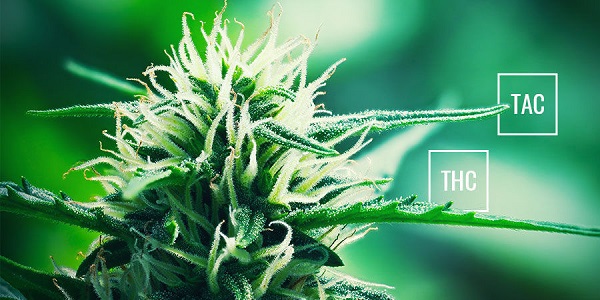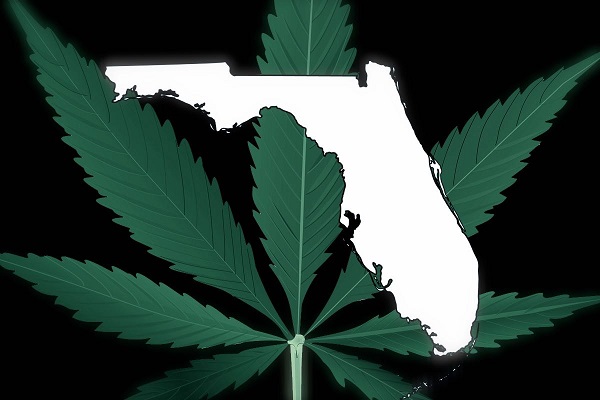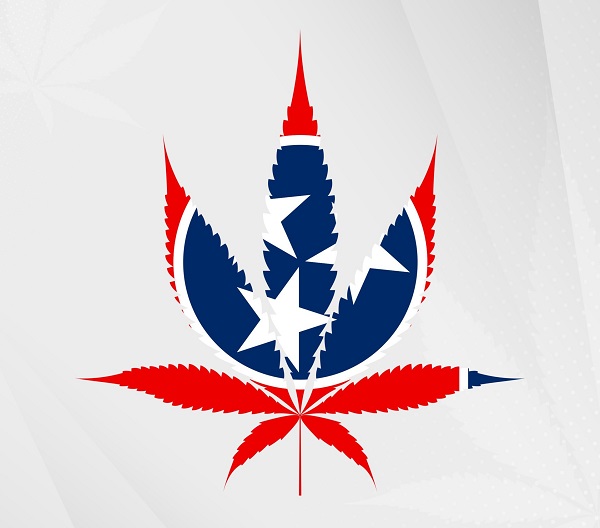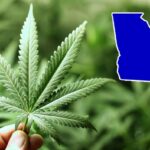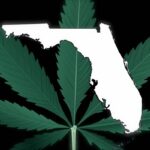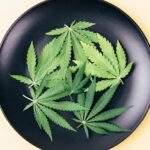The debate between TAC (Total Active Cannabinoids) and THC (Tetrahydrocannabinol) has been a topic of discussion among the cannabis community for a while now. Both TAC and THC are important aspects to consider when consuming or purchasing cannabis products, but they differ in their composition and effects. In this article, we will explore the differences between TAC and THC, their significance, and their impact on cannabis products. Additionally, we will look into the benefits and drawbacks of both TAC and THC to help consumers make informed decisions about their cannabis consumption.
What is TAC?
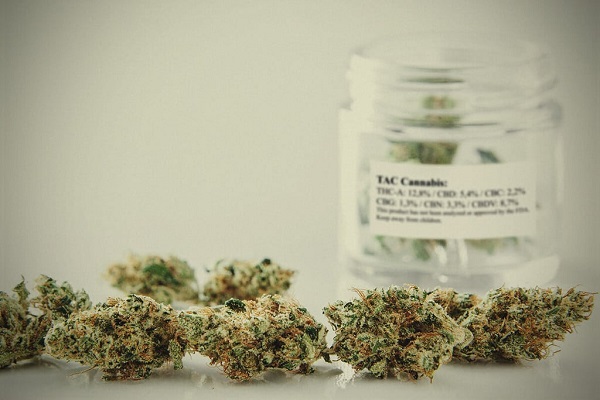
TAC stands for Total Active Cannabinoids and refers to the sum of all the cannabinoids present in a cannabis product, including both psychoactive and non-psychoactive compounds. Cannabinoids are the naturally occurring compounds found in the cannabis plant that interact with the body’s endocannabinoid system.
TAC includes a variety of cannabinoids such as THC, CBD, CBG, CBC, and CBN, among others. Each of these cannabinoids has unique properties and can affect the body in different ways. For example, THC is responsible for the psychoactive effects of cannabis, while CBD has anti-inflammatory and anti-anxiety properties.
The TAC percentage is typically listed on cannabis product labels and is used as a measure of potency. It helps consumers determine the overall strength of a cannabis product and can guide their consumption choices. A higher TAC percentage indicates that the product contains more cannabinoids and is likely to have stronger effects.
It’s important to note that TAC doesn’t account for the presence of other compounds in cannabis products, such as terpenes, which can also impact the overall effects and experience of consuming cannabis.
Tetrahydrocannabinol (THC)
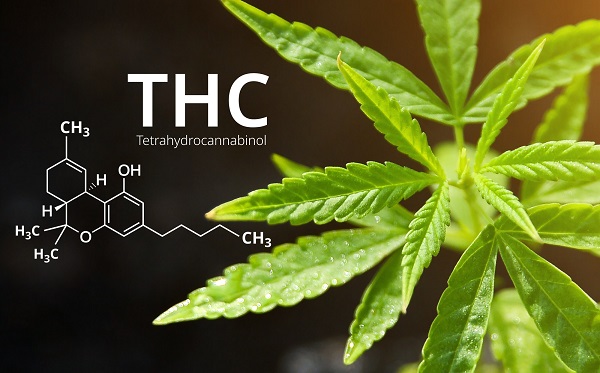
Tetrahydrocannabinol, or THC, is one of the primary cannabinoids found in the cannabis plant. It is a psychoactive compound that is responsible for the “high” associated with cannabis consumption. THC interacts with the body’s endocannabinoid system by binding to cannabinoid receptors in the brain and nervous system.
When THC is consumed, it can cause a range of effects, including altered perception of time and space, increased appetite, euphoria, and relaxation. The specific effects of THC consumption can vary based on factors such as dosage, consumption method, and individual tolerance.
THC is known to have several potential therapeutic benefits, including pain relief, reducing nausea and vomiting, and improving sleep quality. However, its psychoactive effects and potential for addiction mean that it is classified as a controlled substance in many countries.
The legal status of THC varies widely around the world. In some places, it is legal for medical or recreational use, while in others it is strictly prohibited. In some jurisdictions, the use and possession of cannabis products with high levels of THC remain illegal even when used for medical purposes.
Cannabidiol (CBD)

Cannabidiol, or CBD, is a non-psychoactive cannabinoid found in the cannabis plant. Unlike THC, CBD does not produce the euphoric “high” typically associated with cannabis consumption. CBD interacts with the body’s endocannabinoid system by indirectly stimulating cannabinoid receptors and influencing the activity of other receptors in the body.
CBD has gained popularity in recent years for its potential therapeutic benefits, which include reducing inflammation, relieving pain, and reducing anxiety and depression symptoms. CBD may also have neuroprotective and antipsychotic effects.
Because CBD does not produce psychoactive effects, it is generally considered to be safe and non-addictive. However, research into its potential benefits and risks is ongoing. Some studies have shown that CBD can interact with certain medications and may cause side effects such as drowsiness, dry mouth, and changes in appetite.
CBD is legal in many countries, including the United States, where the 2018 Farm Bill removed hemp-derived CBD from the list of controlled substances. However, the legal status of CBD can vary widely around the world, and it is important to check local laws before purchasing or consuming products containing CBD.
Cannabinol (CBN)
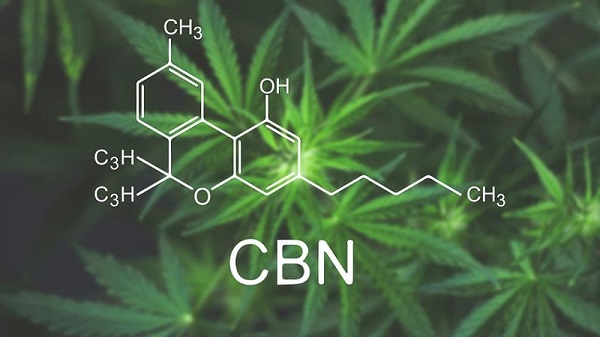
Cannabinol, or CBN, is a minor cannabinoid found in the cannabis plant that is produced when THC is exposed to air and light. Unlike THC, CBN is mildly psychoactive.
CBN is believed to have potential therapeutic benefits, including pain relief, anti-inflammatory effects, and promoting sleep. It may also have antibacterial and neuroprotective properties.
Because CBN is not commonly found in high concentrations in fresh cannabis, it is often extracted from aged cannabis or produced synthetically for use in products such as tinctures, capsules, and topicals. CBN can be used alone or in combination with other cannabinoids to create what is known as the “entourage effect,” in which the combined cannabinoids work together to produce enhanced therapeutic effects.
Research on the potential benefits and risks of CBN is still limited, and more studies are needed to fully understand its effects on the body. As with other cannabinoids, it is important to check local laws before purchasing or consuming products containing CBN.
Cannabigerol (CBG)
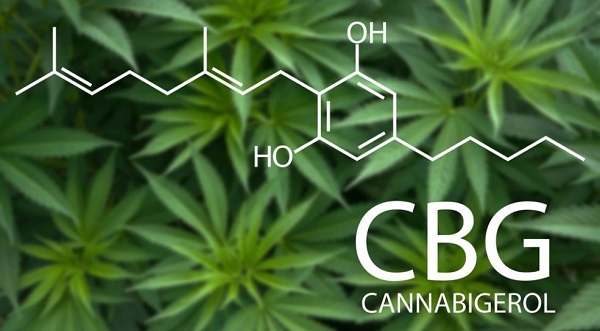
Cannabigerol, or CBG, is a minor cannabinoid found in the cannabis plant. CBG is a precursor to other cannabinoids, including THC and CBD, meaning that it is converted into these compounds as the plant matures.
CBG is non-psychoactive, meaning it does not produce the euphoric “high” associated with cannabis consumption. It interacts with the body’s endocannabinoid system by binding to cannabinoid receptors and influencing the activity of other receptors in the body.
CBG is believed to have potential therapeutic benefits, including reducing inflammation, pain relief, and potentially slowing the growth of cancer cells. It may also have antibacterial and neuroprotective properties.
Because CBG is found in such low concentrations in the cannabis plant, it can be difficult and expensive to extract. However, some cultivators are developing strains of cannabis with higher concentrations of CBG to meet the growing demand for the cannabinoid.
Research on the potential benefits and risks of CBG is still limited, and more studies are needed to fully understand its effects on the body. As with other cannabinoids, it is important to check local laws before purchasing or consuming products containing CBG.
Cannabichromene (CBC)
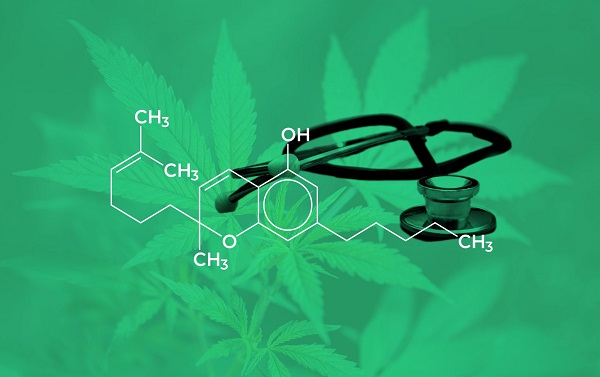
Cannabichromene, or CBC, is a minor cannabinoid found in the cannabis plant. Like other cannabinoids, CBC interacts with the body’s endocannabinoid system by binding to cannabinoid receptors and influencing the activity of other receptors in the body.
CBC is non-psychoactive, meaning it does not produce the euphoric “high” typically associated with cannabis consumption. It is believed to have potential therapeutic benefits, including reducing inflammation, pain relief, and potentially promoting brain cell growth.
CBC is found in higher concentrations in some strains of cannabis than others, and it can be difficult and expensive to extract. However, as research on its potential benefits continues, interest in CBC is growing.
Research on the potential benefits and risks of CBC is still limited, and more studies are needed to fully understand its effects on the body. As with other cannabinoids, it is important to check local laws before purchasing or consuming products containing CBC.
THC vs TAC: why do they differ?
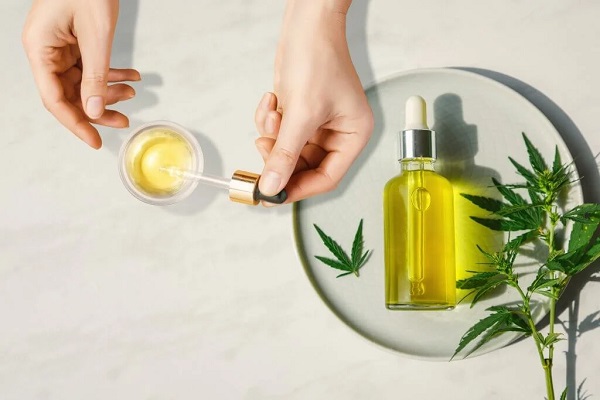
THC and TAC are two related but distinct terms used to describe the potency of cannabis products. THC is a psychoactive cannabinoid found in the cannabis plant that is responsible for the euphoric “high” typically associated with cannabis consumption. TAC refers to the total amount of cannabinoids present in a given cannabis product, including both THC and other cannabinoids such as CBD, CBG, and CBN.
The reason why THC and TAC differ is that THC is just one of the many cannabinoids found in the cannabis plant. While THC is often the most abundant cannabinoid in a given cannabis strain, other cannabinoids can also contribute to the overall potency of the product. For example, a cannabis strain with high levels of both THC and CBD may have a higher TAC than a strain with high levels of THC alone.
It is important to note that TAC does not necessarily reflect the psychoactive potency of a given cannabis product. While products with high levels of THC are generally considered to be more psychoactive than those with lower levels of THC, the effects of cannabis consumption can be influenced by a variety of factors, including individual tolerance, method of consumption, and other cannabinoids and terpenes present in the product.
In summary, THC and TAC differ because THC is just one of the many cannabinoids present in the cannabis plant, and TAC refers to the total amount of cannabinoids present in a given cannabis product.
How are THC and TAC related?
There is a significant interaction between THC and TAC components. For example, CBD can potentially decrease anxiety from THC, altering the overall psychoactive experience.
Also, it is worth noting that certain TAC cannabinoids, for example, CBGA, contribute to the production of THC. CBGA, a form of CBG that is acidic, breaks down into CBG and then breaks down further into other cannabinoids, such as THC.
How does TAC influence the entourage effect?
The entourage effect refers to the synergistic interaction between the various cannabinoids, terpenes, and other compounds found in the cannabis plant. It suggests that the combined effects of these compounds may be greater than the sum of their individual effects, leading to a more potent and diverse therapeutic effect.
TAC can influence the entourage effect by affecting the overall composition of the cannabinoids and other compounds present in a cannabis product. Products with higher TAC, which contain a greater number and amount of cannabinoids and terpenes, may be more likely to exhibit the entourage effect than those with lower TAC.
Additionally, the specific ratios of different cannabinoids and terpenes in a given product can also influence the entourage effect. For example, a product with a high CBD to THC ratio may have a different entourage effect than one with a high THC to CBD ratio.
However, it’s important to note that the entourage effect is a relatively new concept, and the scientific evidence for its existence and mechanisms is still being explored. While TAC can influence the potential for the entourage effect, more research is needed to fully understand the relationship between TAC and the entourage effect.
Summary
THC is a psychoactive cannabinoid responsible for the euphoric “high” associated with cannabis consumption, while TAC refers to the total amount of cannabinoids present in a product, including THC and other cannabinoids like CBD, CBG, and CBN. TAC can influence the entourage effect, which suggests that the combined effects of various compounds in cannabis may be greater than the sum of their individual effects. However, the entourage effect is still a relatively new concept, and more research is needed to fully understand the relationship between TAC and the entourage effect. Ultimately, while products with higher levels of THC generally have a higher TAC, the effects of cannabis consumption are influenced by many factors, and TAC does not necessarily reflect the psychoactive potency of a product.

